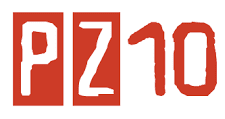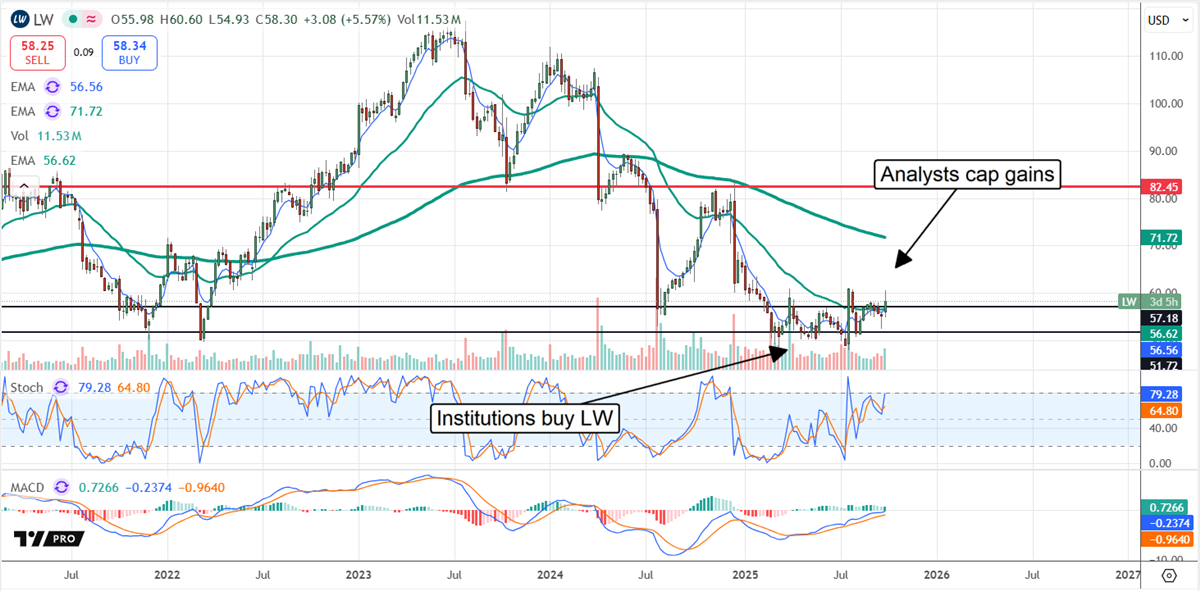$37.5 trillion.
That’s the current level of the U.S. debt load.
And we’re on track to add $1 trillion in debt every five months.
According to the U.S. Government Accountability Office, we’re “on an unsustainable fiscal path that poses serious economic, security, and social challenges if not addressed”
The Big, Beautiful Bill – which is expected to add $4.2 trillion in debt.
An amendment to the Tax Cuts and Jobs Act – expected to add $4.6 trillion in debt.
This is a joke.
This is not fiscal policy.
It’s a complete and utter demolition of our financial health.
And the cracks are beginning to show.
Moody’s joined Fitch and Standard & Poor’s (S&P) as the latest credit agency to downgrade the U.S.’s credit rating from its once-sacred AAA status (the highest level possible) – a privilege America held for generations – citing an “inability of the nation to address large and growing deficits.”
We now sit alongside Austria, New Zealand, and France… but with a far worse balance sheet of 119% debt-to-GDP and deficits running over 7% annually.
If the dollar weren’t the world’s reserve currency, our rating would already be much lower.
This is our third downgrade in twelve years.
And each one is another sign of faith eroding in what was once considered one of the “safest” assets on Earth.
Yet no one in power is doing anything to stop it.
Already, interest payments have exploded: from an average of $332 billion a year just a few years ago to $880 billion last year — on pace to average $1.4 trillion annually over the next decade… a figure the U.S. simply cannot sustain.
As credit ratings fall, borrowing costs rise… the deficits grow… the debt explodes… and the cycle repeats, faster every time.
This is the exact scenario I warned about nearly 15 years ago.
In 2011, I released one of my most controversial reports, The End of America.
At the time, many economists mocked it. Some called it alarmist. Most simply ignored it.
But everything I predicted back then is now unfolding.
Exploding debt. Downgraded credit. Soaring interest payments. The weakening of the U.S. dollar’s global status.
It’s all coming true.
Maybe you didn’t listen to me at the time.
I get it. The crisis still felt far off.
But now it’s here.
And if you care at all about the financial future of your family, you need to listen to me now.
Because this time we’re entering a zone from which I believe there is no easy return.
Even Ray Dalio – the man who’s tracked 500 years of debt cycles – warns we are heading into “very, very dark times.”
So ask yourself:
Is your portfolio built to survive what’s coming?
Honestly… probably not.
There’s a good chance you’ll get dragged into the abyss, holding the wrong assets, just like millions of others.
But that doesn’t have to be your story.
Let me show you exactly what to do.
Good investing,
Porter Stansberry
Lamb Weston: Is the King of Spuds a Buy or a Dud for 2026?
Written by Thomas Hughes. Published 10/1/2025.
Key Points
- Lamb Weston reaffirmed its guidance and capital return outlook, driven by solid FQ1 results.
- Buybacks reduce the count substantially each quarter and are expected to continue for the foreseeable future.
- Institutional trends indicate the group is buying aggressively, with shares near long-term lows.
Lamb Weston's (NYSE: LW) first quarter report and updated guidance reinforce that the "king of spuds" remains a strong performer. By reaffirming its outlook, the company underscores its healthy cash flow and robust capital-return strategy. As a fast-moving consumer goods (FMCG) leader, Lamb Weston delivers a significant dividend and executes aggressive share buybacks, providing support for long-term investors and positioning for a potential double-digit total return over time.
The dividend yield of 2.5% in early October is attractive on its own, with expectations for continued payout increases. While the dividend-to-earnings payout ratio sits around 60%, it aligns with industry norms. More importantly, the cash flow payout ratio was just 17% in Q1, leaving ample room to sustain a double-digit distribution compound annual growth rate.
Elon and Apple just made waves for the US #1 software company (Ad)
Apple just secretly added Starlink satellite support to iPhones through iOS 18.3.
One of the biggest potential winners? Mode Mobile.
Share repurchases remain a key driver of value. The company trimmed its share count by 2% in fiscal 2025 and is on track for a similar—or greater—reduction in fiscal 2026. In Q1 alone, buybacks exceeded 3.5% of the float, and sufficient authorization remains to maintain this pace in the coming quarters.
There are no red flags on the balance sheet. At the end of Q1, both assets and liabilities declined, resulting in low leverage and an improved equity base—even after shrinking the share count and returning capital to shareholders.
Lamb Weston Sustains Growth in a Challenging Environment
Q1 revenue of $1.66 billion grew 0.5%, surpassing MarketBeat's consensus. A 6% volume increase and a 1% benefit from FX translation offset a 7% price decline.
The price drop reflects the closure of a Washington plant and the discontinuation of its products. Management expects this headwind to be temporary and ultimately to contribute to wider margins. By region, international markets led the way with 4% growth (including FX benefits), while North America contracted by 2%.
Although margins faced pressure—driven by one-off costs and price/mix shifts—the declines were smaller than anticipated. Critically, GAAP EPS of $0.74 beat consensus by $0.21, a roughly 30% upside, bolstering the outlook for future cash flow and shareholder returns.
Looking ahead, the company reaffirmed its full-year revenue guidance, with the midpoint aligning closely to consensus. That forecast implies modest growth and sufficient earnings to fund ongoing investments and capital returns.
Analysts Cap Gains for LW, but Institutions Are Bullish
Analyst sentiment on LW has turned cautious for 2025. Coverage levels have declined, ratings have slipped to Hold, and price targets have been pared back. Although the consensus still anticipates about a 12% upside, most targets now cluster near the low end. Fortunately, that level coincides with a key technical support zone and heavy institutional interest.
Institutions own roughly 90% of the stock and have been net buyers all year, providing a solid support base. Trading at the low teens on 2030 EPS estimates, LW shares could see a 50% gain if those earnings forecasts materialize.
This email communication is a sponsored email sent on behalf of Porter & Company, a third-party advertiser of DividendStocks.com and MarketBeat.
If you need help with your subscription, don't hesitate to contact our U.S. based support team at contact@marketbeat.com.
If you no longer wish to receive email from DividendStocks.com, you can unsubscribe.
© 2006-2025 MarketBeat Media, LLC. All rights protected.
345 North Reid Place, Suite 620, Sioux Falls, SD 57103. USA..



